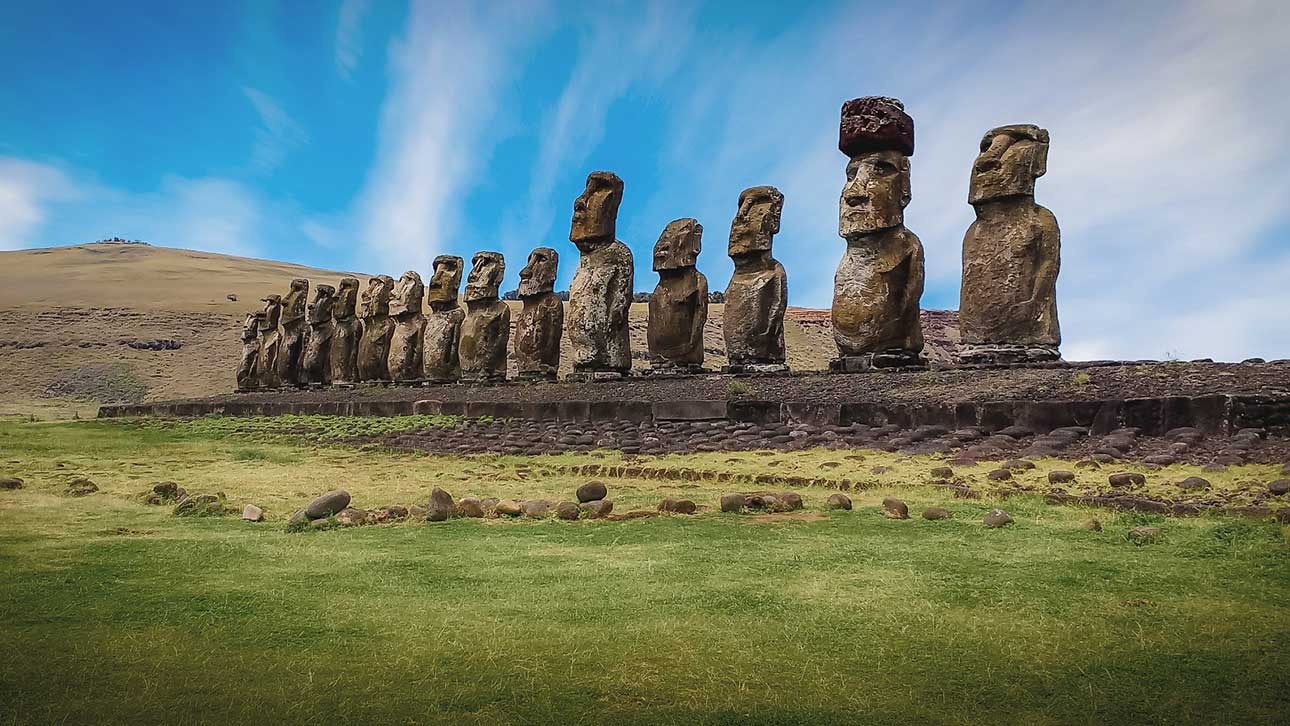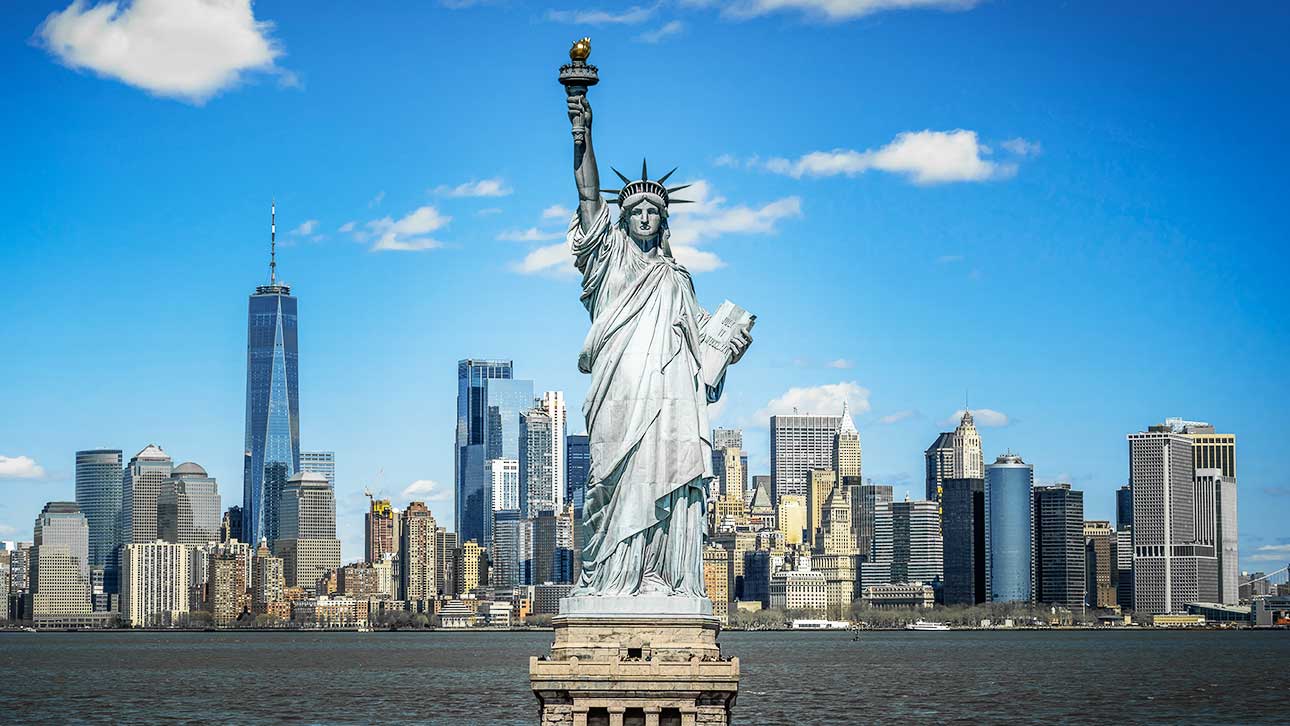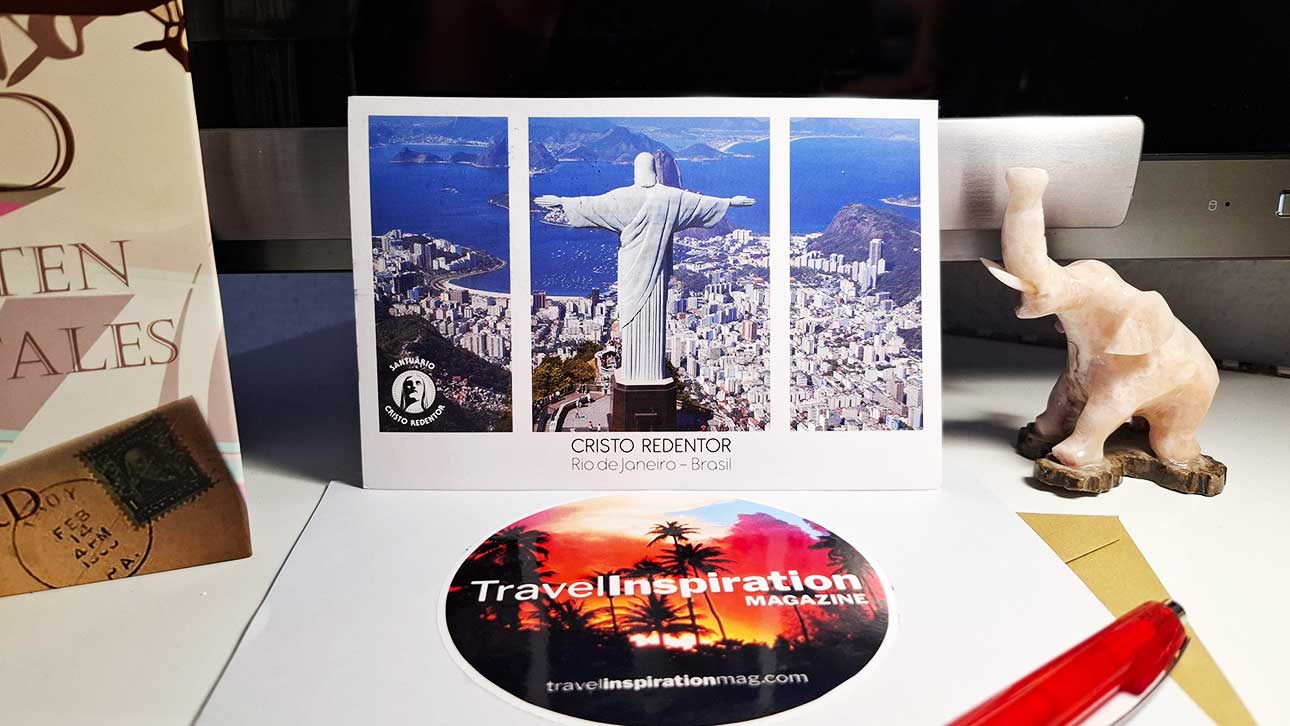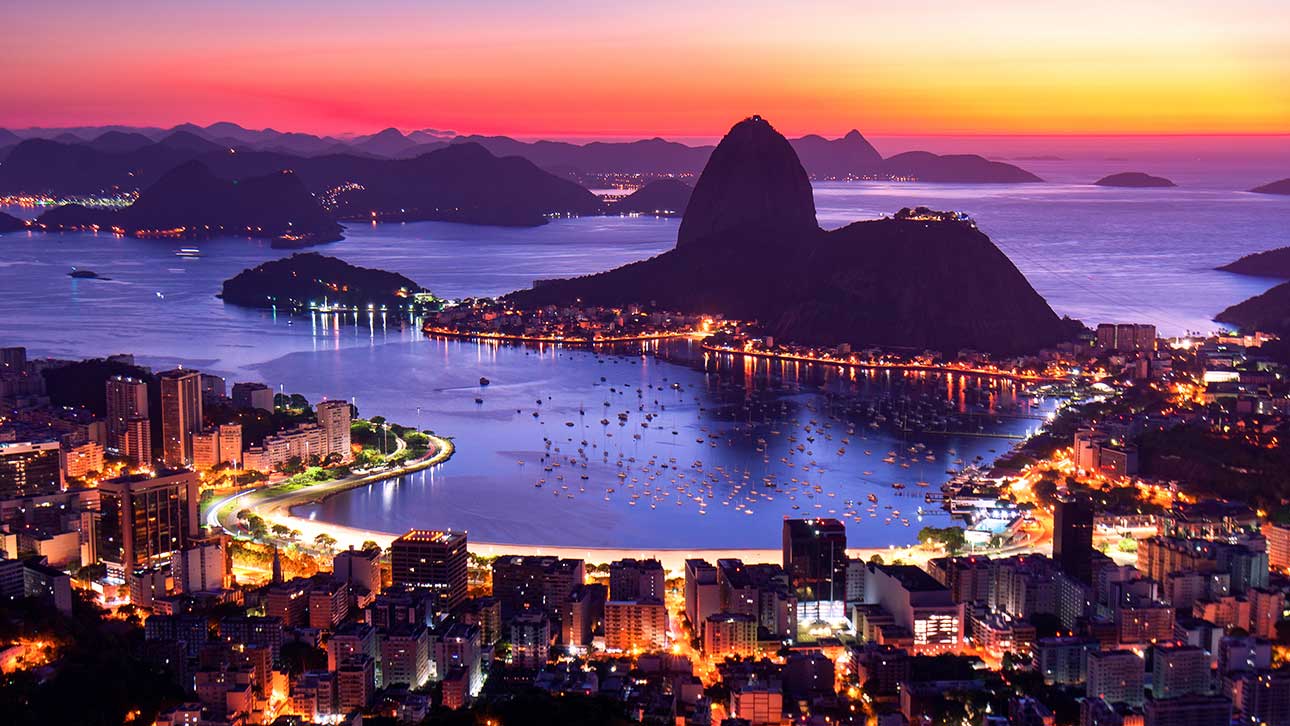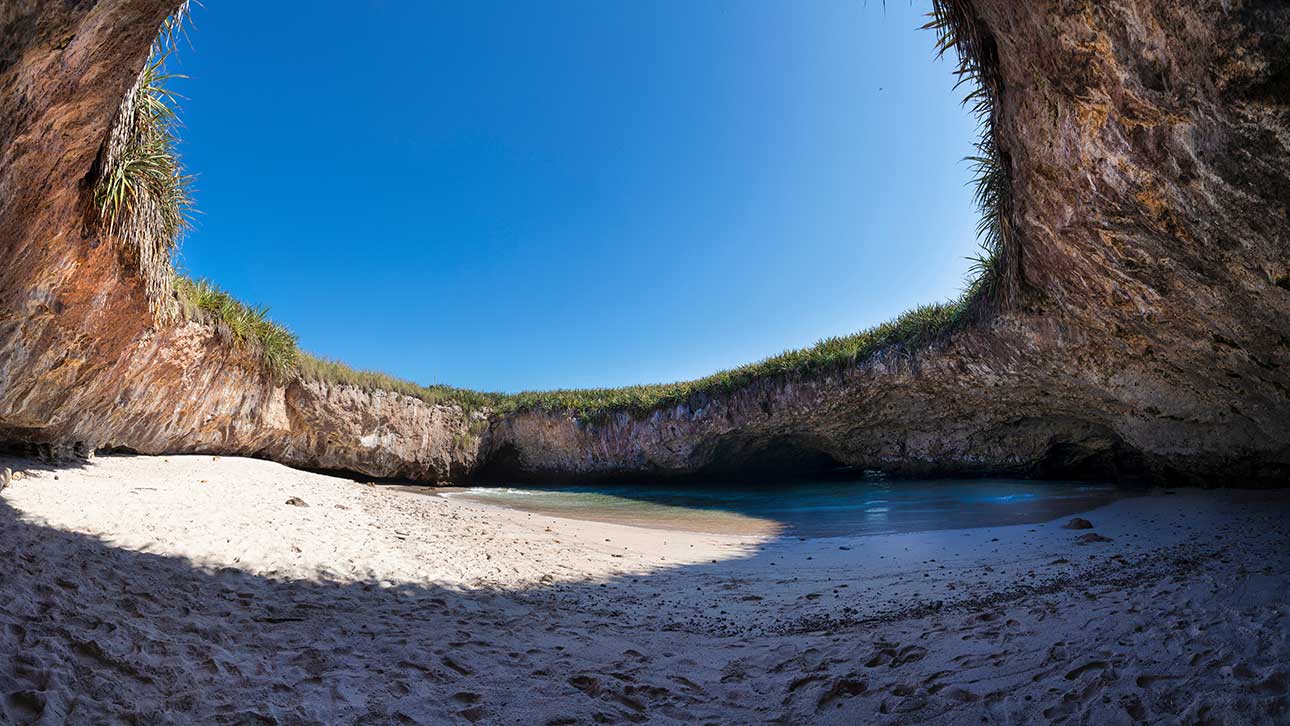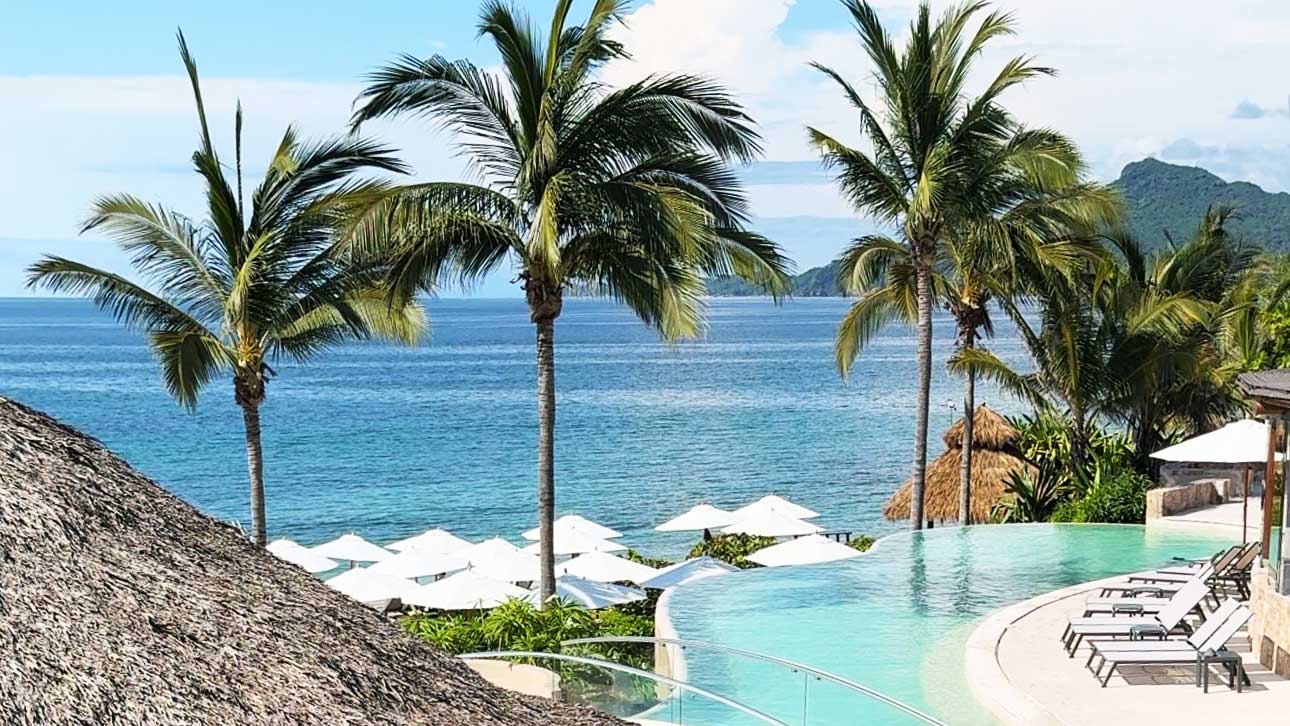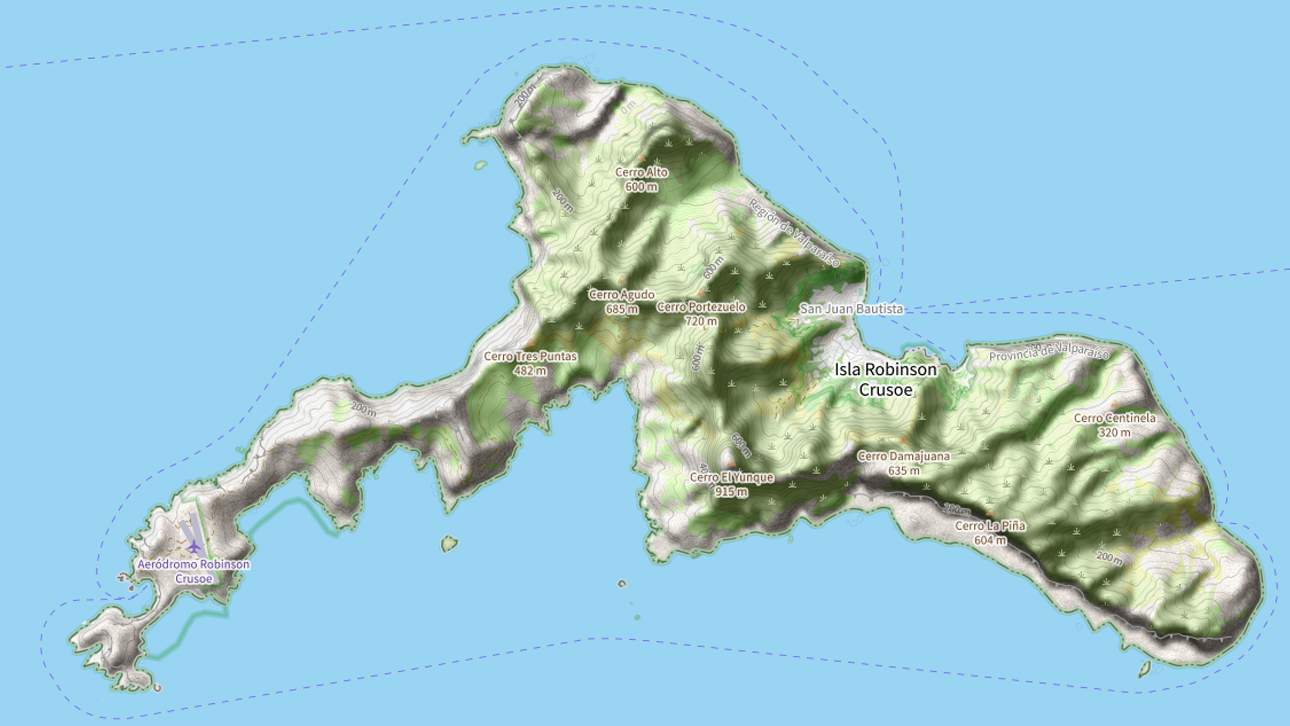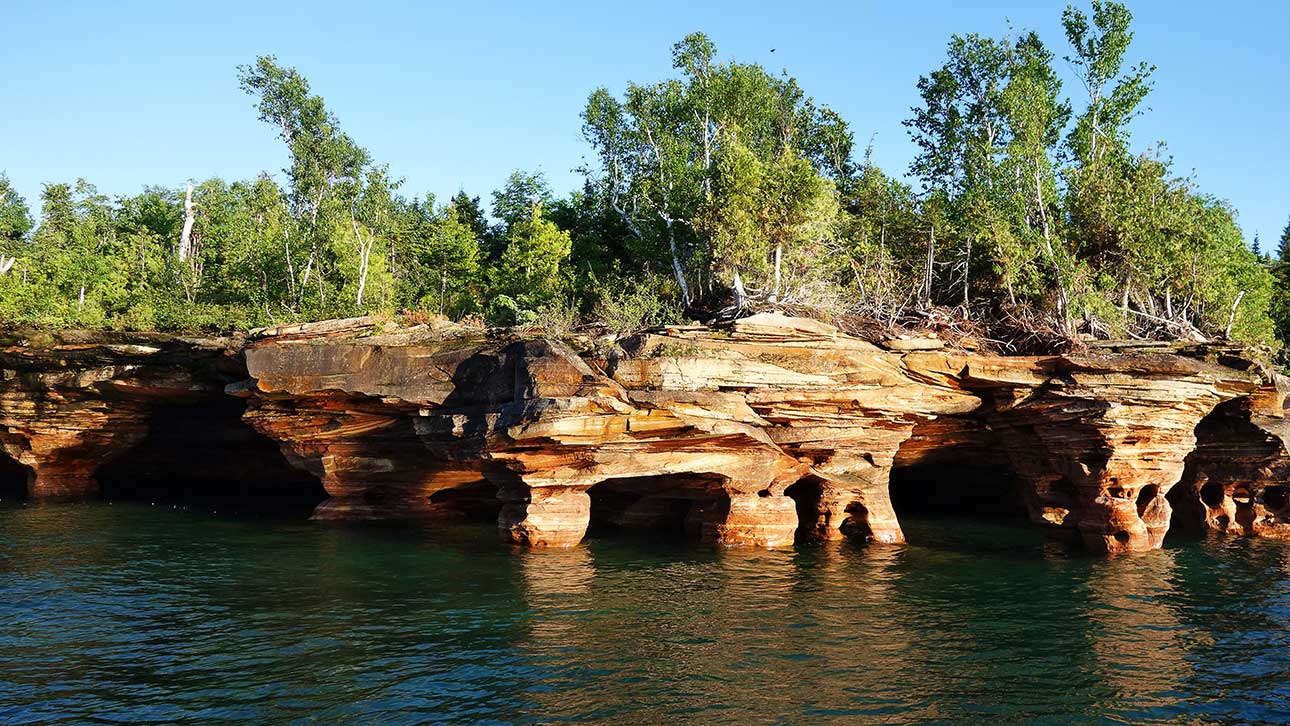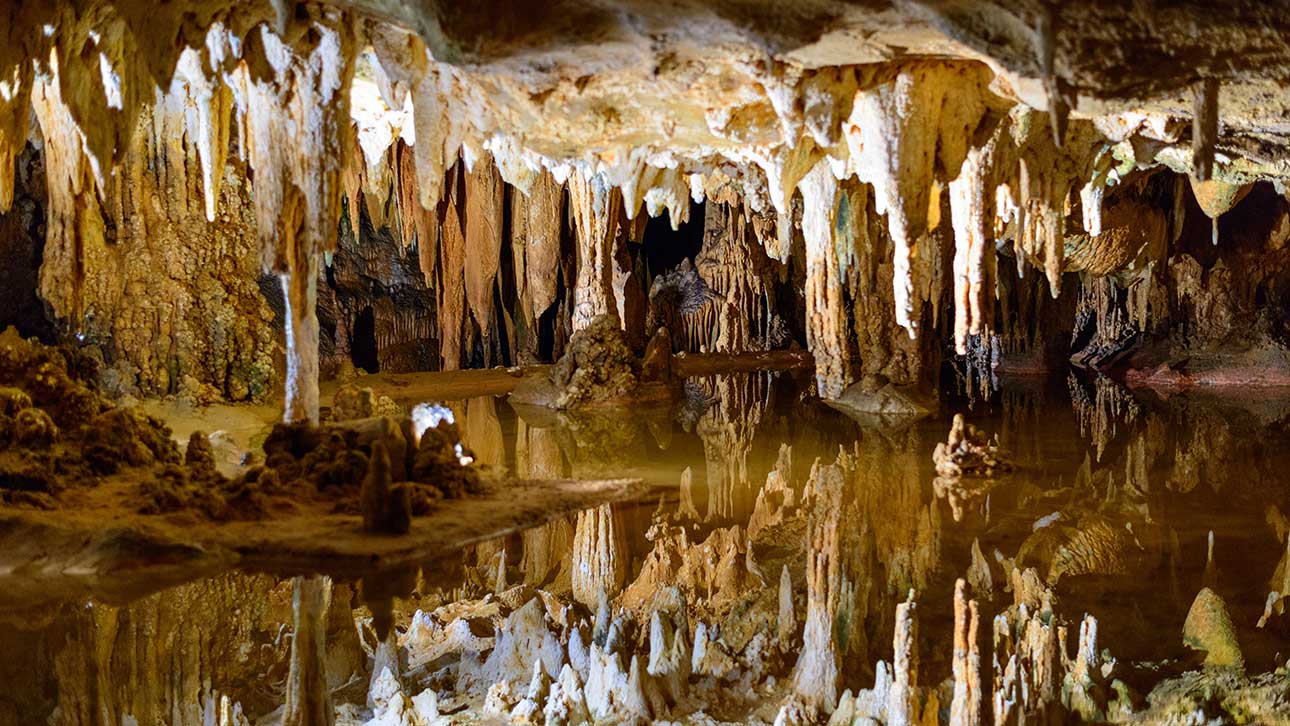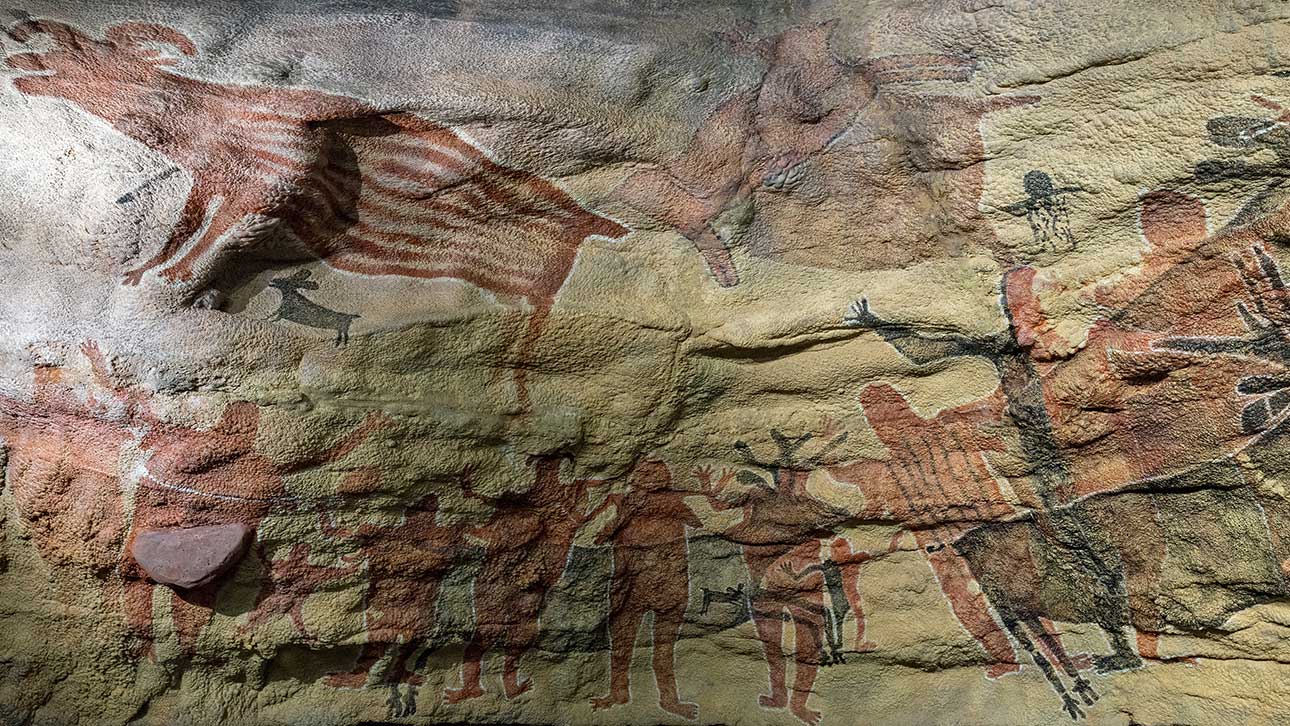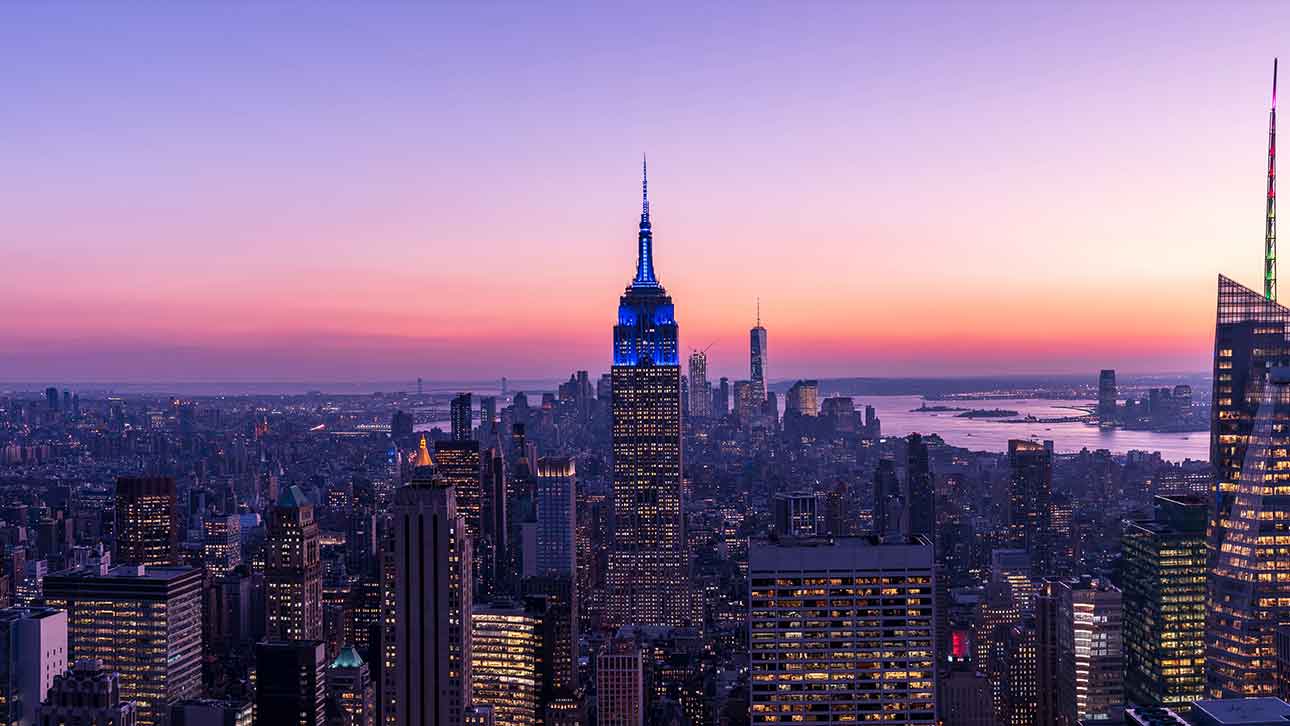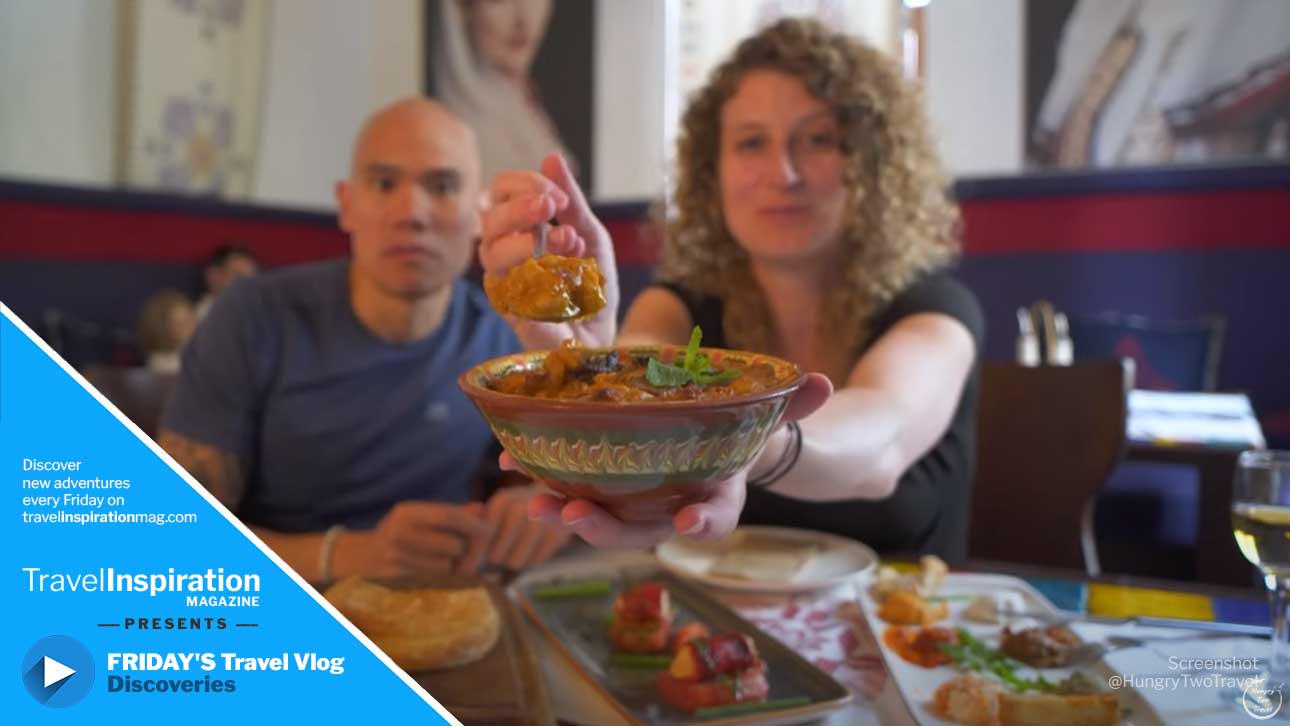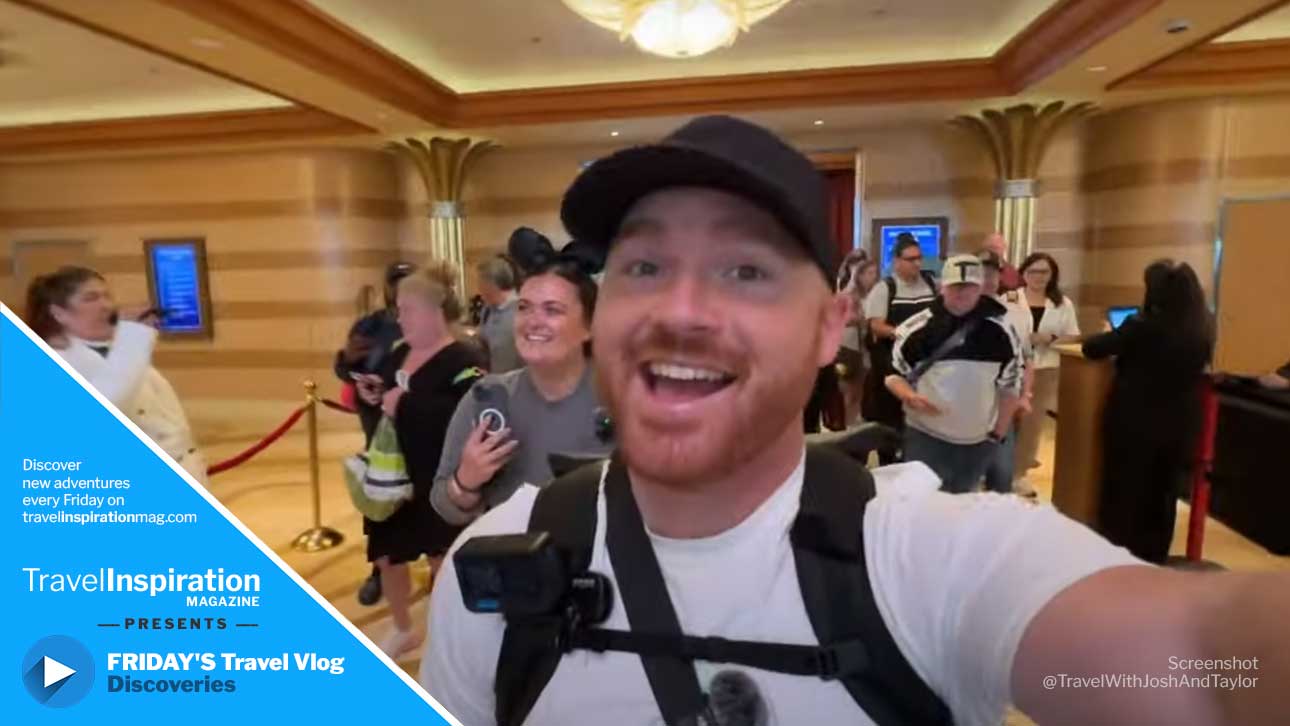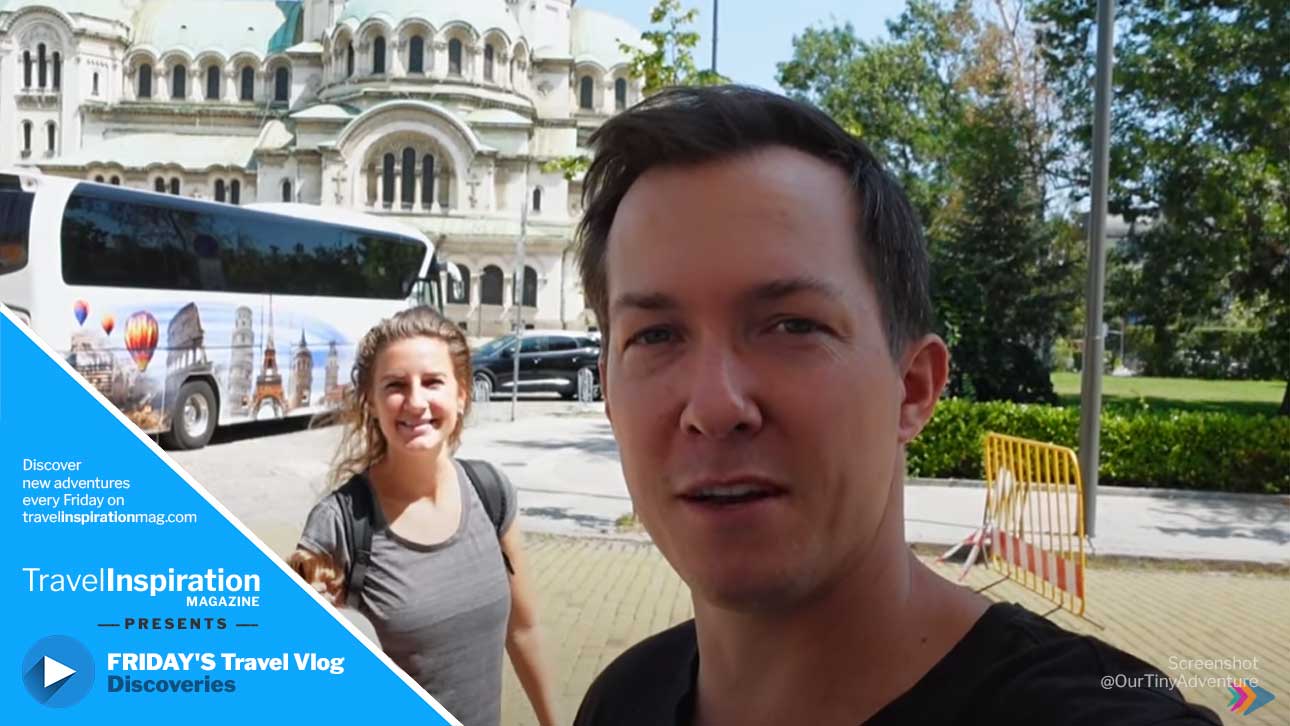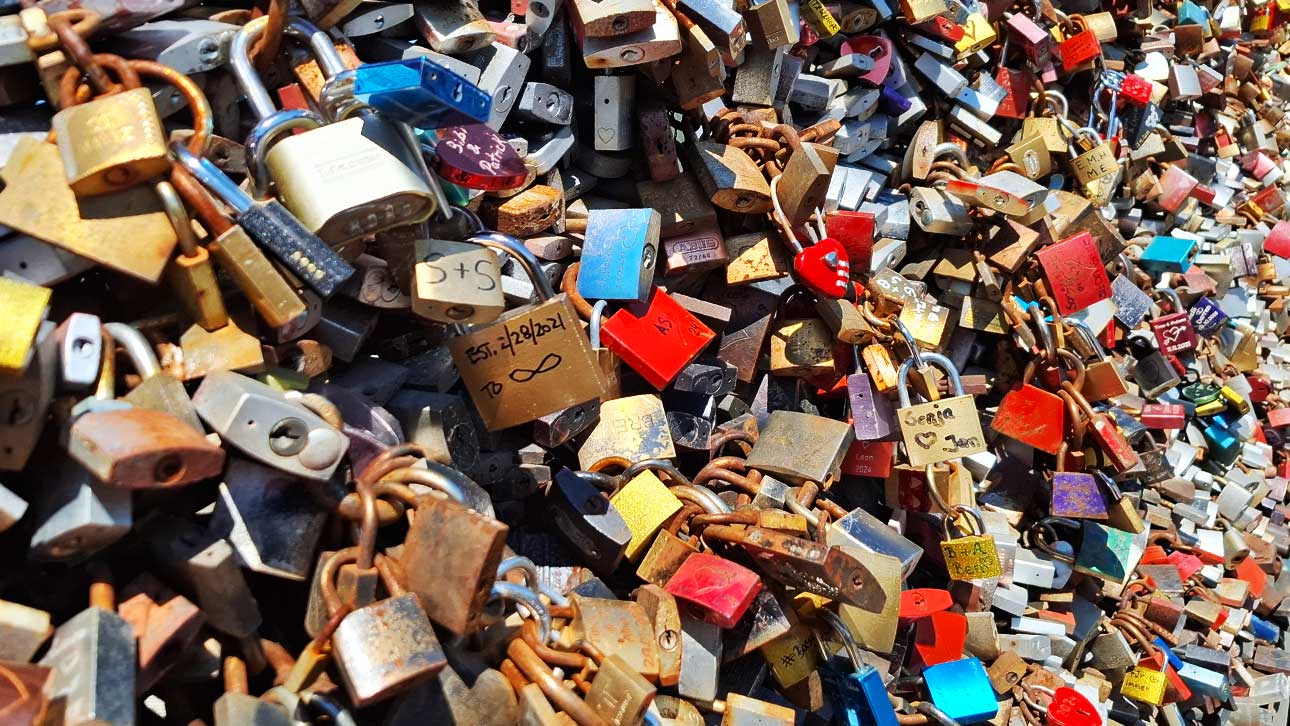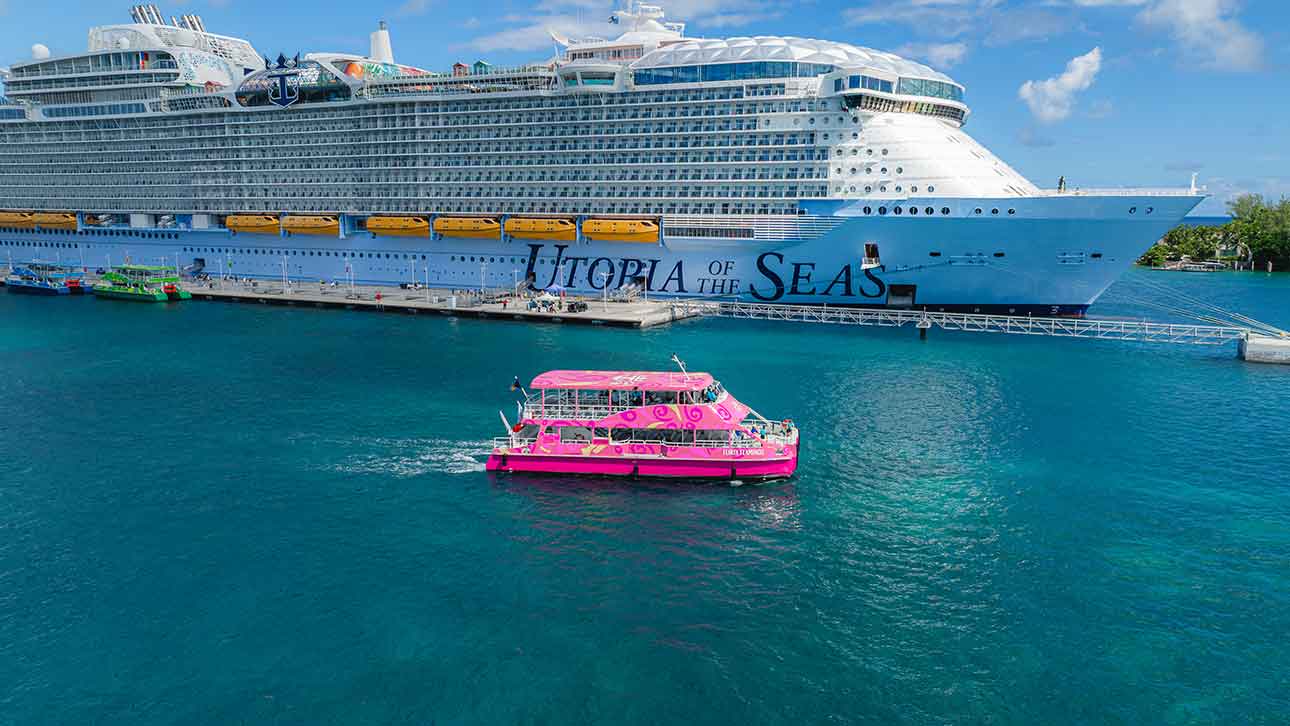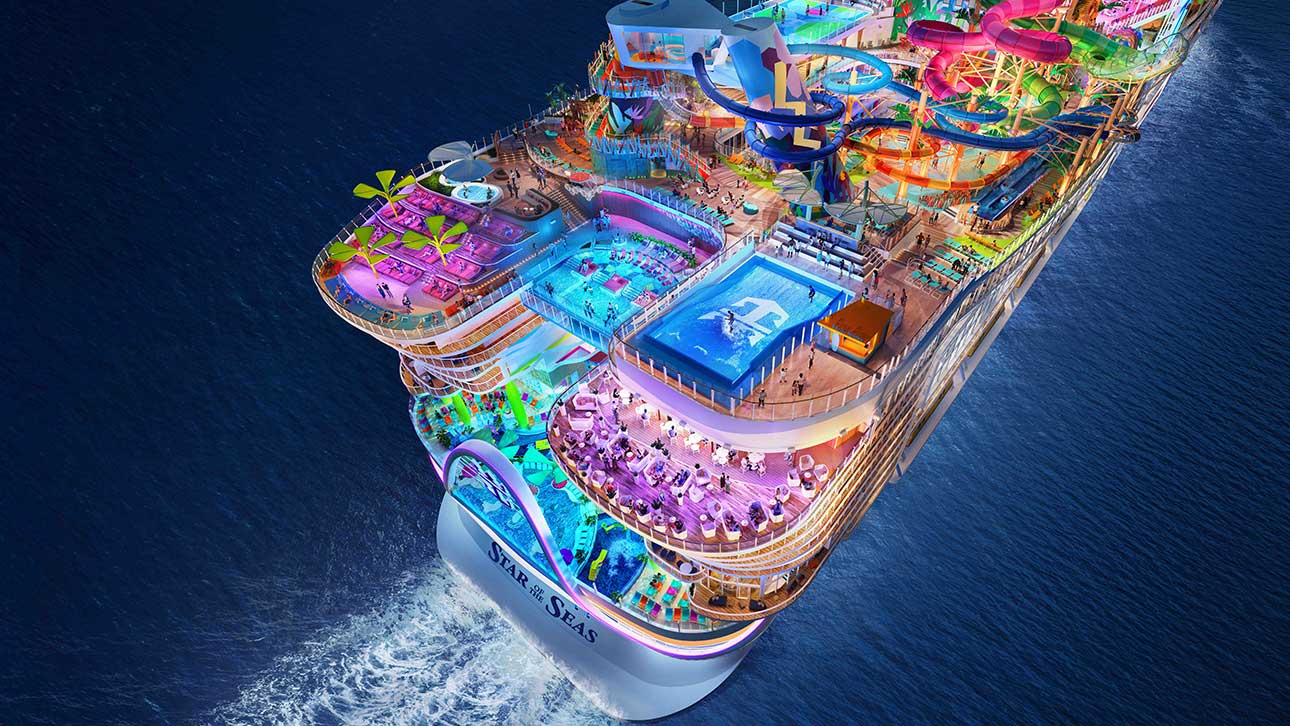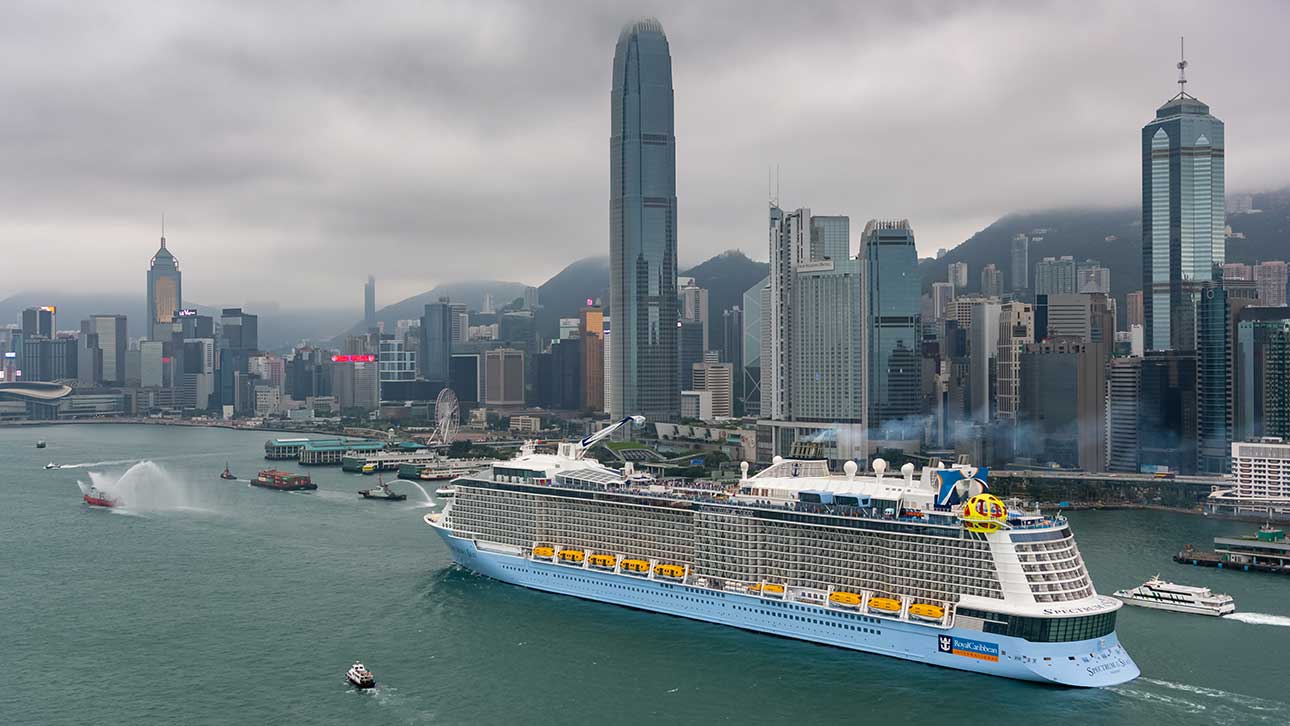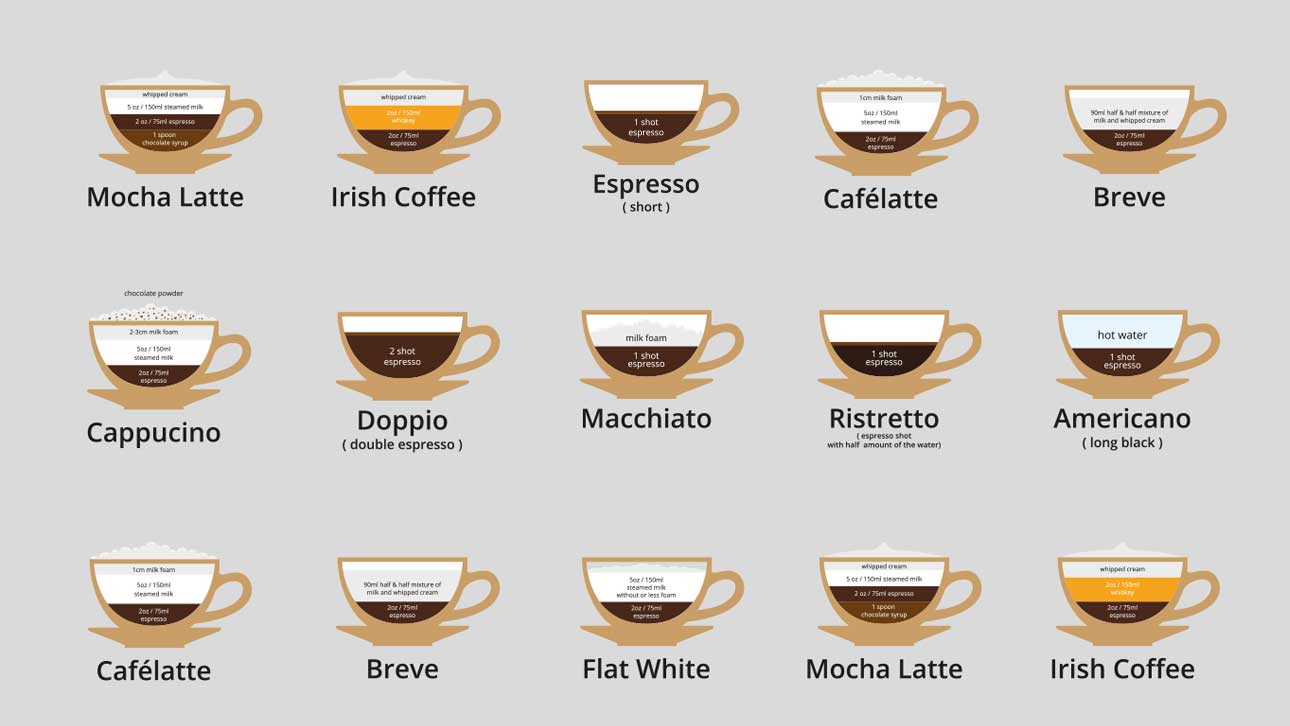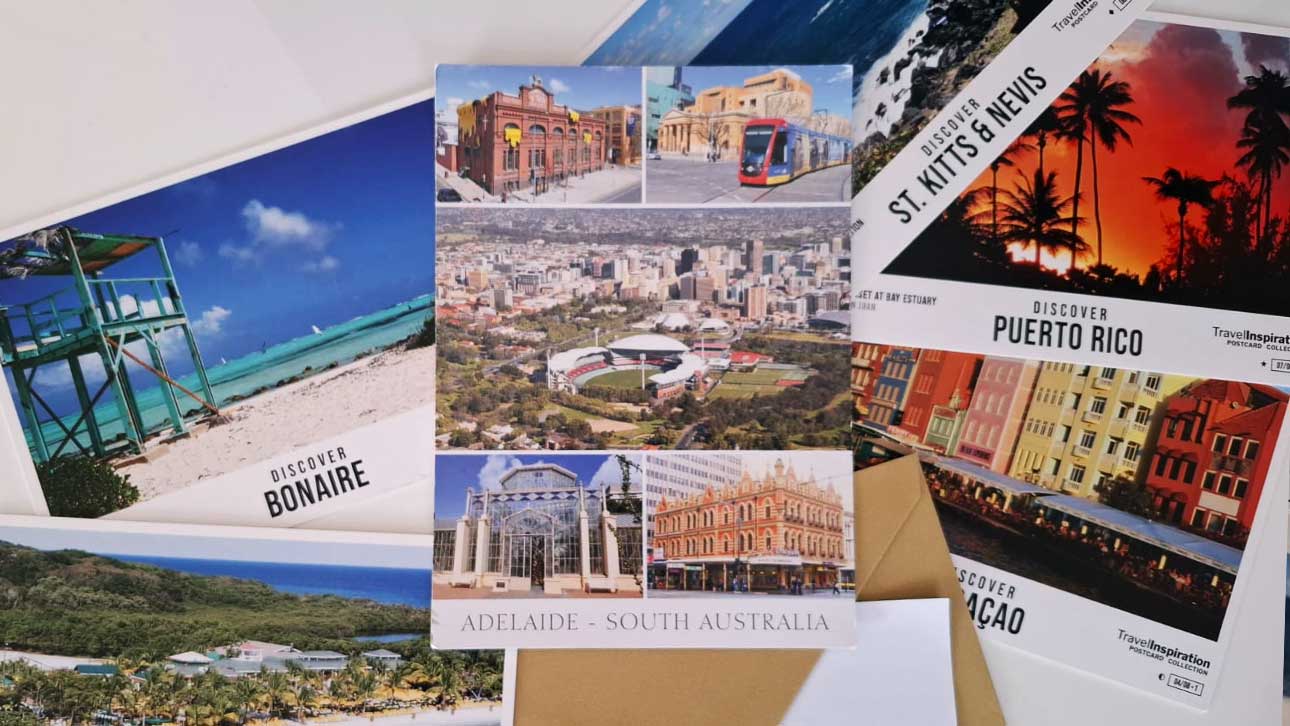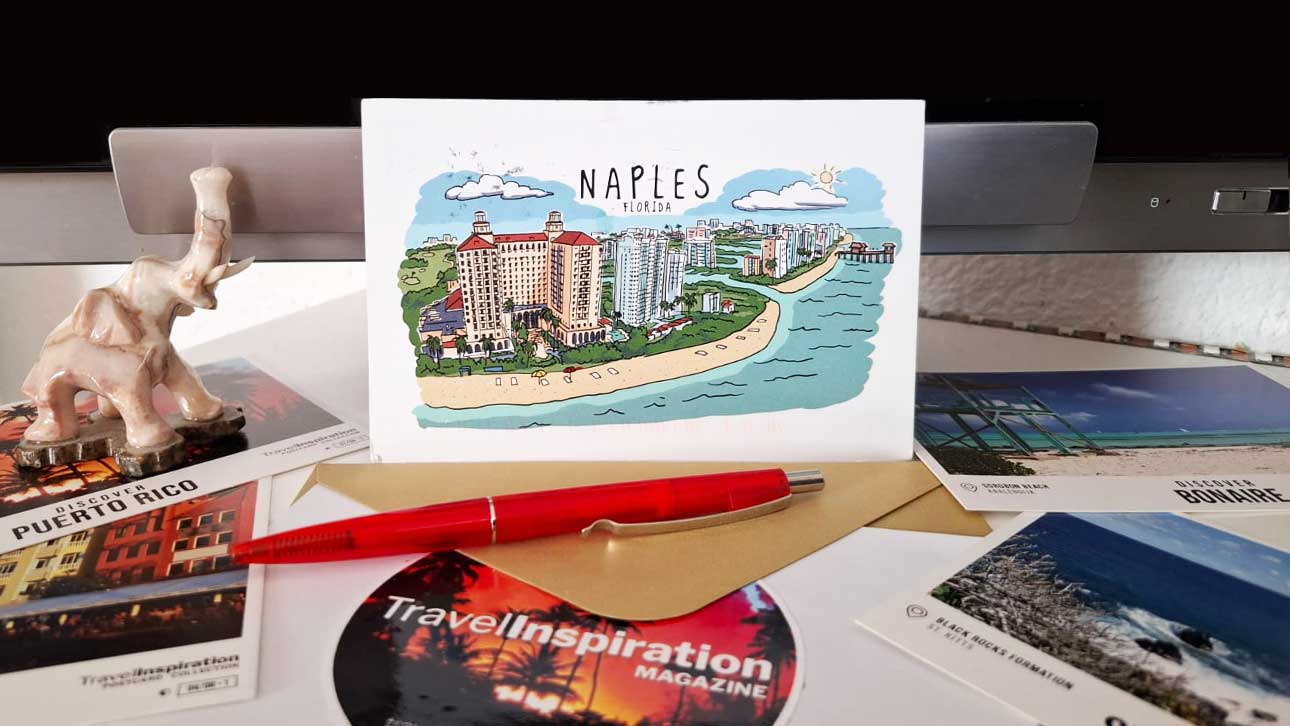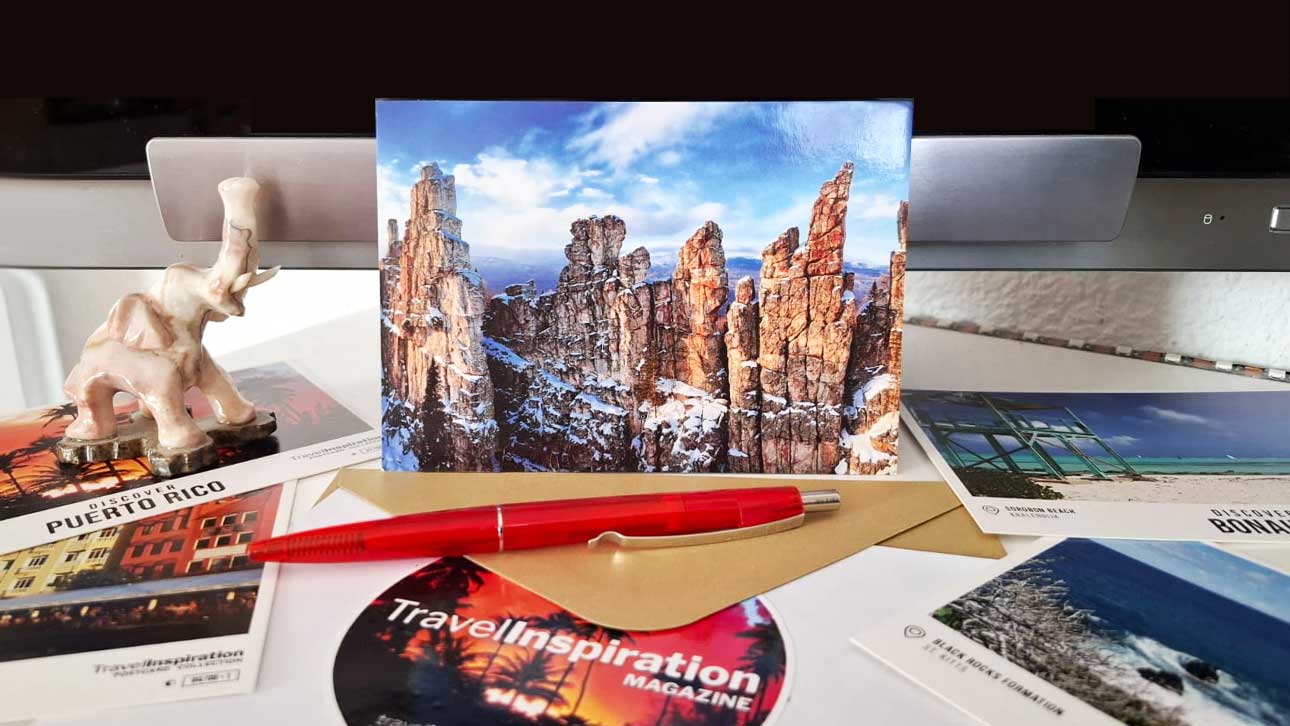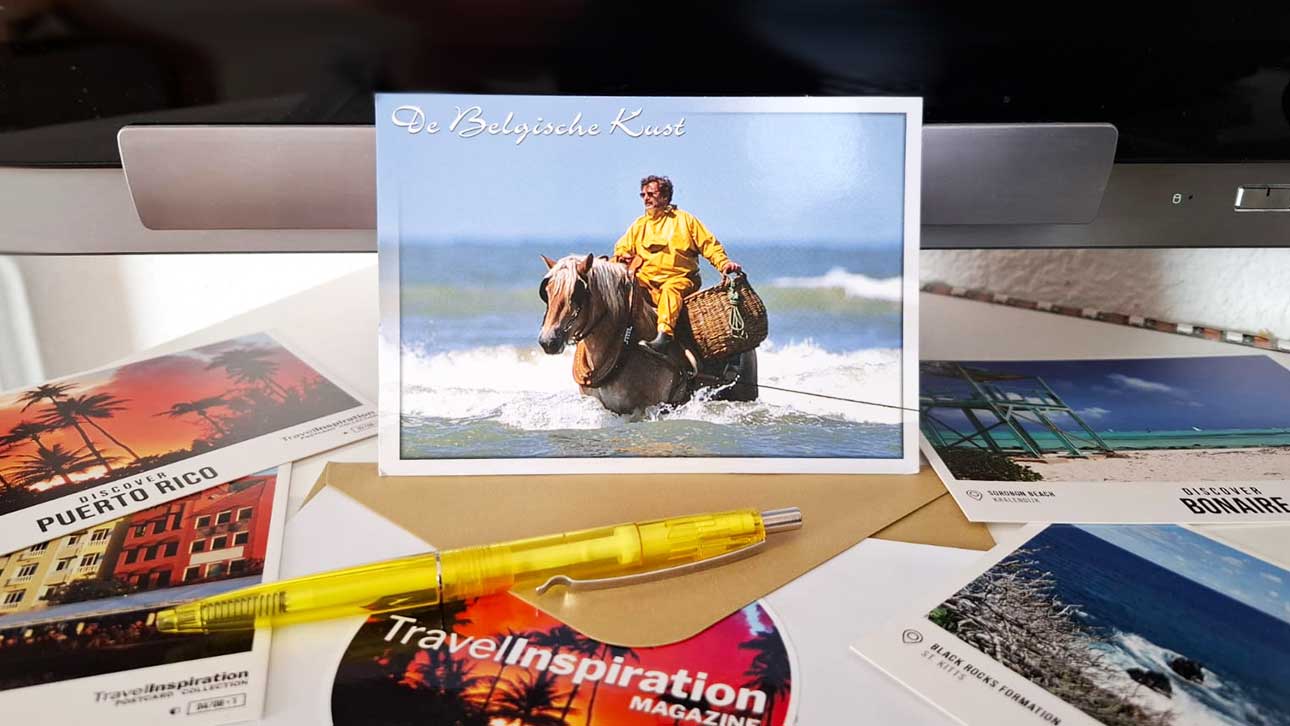
Easter Island, known locally as Rapa Nui, is one of the most remote and mysterious places on Earth. Located in the southeastern Pacific Ocean, this isolated island is home to nearly 1,000 monumental statues known as Moai. These iconic figures, with their oversized heads and enigmatic expressions, have fascinated visitors and researchers alike for centuries. But what are the Moai, and what do they represent? Let's dive into the history, significance, and tips for visiting Easter Island's world-famous statues.
What Are the Moai Statues?
The Moai are massive stone statues, some weighing up to 82 tons and standing over 30 feet tall. Carved between 1400 and 1650 AD by the early Rapa Nui people, these statues were erected to represent the ancestors of the island’s Polynesian inhabitants. It is believed that the Moai were built to honor these ancestors and provide spiritual protection to the communities.
The statues are made from volcanic tuff, a type of soft rock found in Rano Raraku, a volcanic crater that served as the quarry for the Moai. Interestingly, most of the Moai were transported across the island to various ahu (stone platforms), but many remain in the quarry, half-carved and mysteriously abandoned.
The Mystery Behind the Moai
One of the greatest mysteries surrounding the Moai is how the Rapa Nui people managed to transport these massive statues across the island, often over rugged terrain, without the use of modern machinery. Theories suggest that they may have used ropes, wooden sledges, or even rolled the statues on logs. Another popular theory is that the statues were "walked" upright, using a rocking motion and ropes to maneuver them into place.
Equally intriguing is the question of why some Moai have toppled or were deliberately knocked down. Some researchers believe this occurred during internal conflicts or due to environmental factors, while others think it was a result of European contact and cultural upheaval.
Why Were the Moai Built?
The Moai were created as representations of deified ancestors, linking the island's people to their spiritual heritage. It is believed that the statues were positioned to face inland, towards the villages, in order to watch over and protect the people. The Moai are often associated with a deep spiritual belief system that governed life on Easter Island.
Over time, as resources dwindled and the island’s ecosystem became strained, the tradition of Moai building came to an end. Today, the Moai serve as symbols of the island’s complex history, its people’s ingenuity, and the fragility of human civilizations.
How to Visit Easter Island and See the Moai
Easter Island is a UNESCO World Heritage Site and can be reached by flights from Santiago, Chile, or Tahiti. Once on the island, visitors can explore the various archaeological sites where the Moai are located. Some of the most famous sites include:
- Rano Raraku: The volcanic quarry where the Moai were carved, home to nearly 400 unfinished statues.
- Ahu Tongariki: The largest ceremonial platform on the island, featuring 15 restored Moai lined up in a row.
- Ahu Akivi: One of the few sites where the Moai face the ocean, believed to represent celestial alignments.
- Anakena Beach: A beautiful white sand beach with several Moai, offering a mix of history and relaxation.
When visiting Easter Island, it’s important to respect the cultural and environmental significance of the site. Visitors should avoid touching the statues and adhere to local regulations to help preserve the island's heritage for future generations.
Best Time to Visit
The best time to visit Easter Island is during its dry season, which runs from April to October. Temperatures are mild, and the skies are clear, providing perfect conditions for exploring the outdoor sites. However, the island can be visited year-round, with the Tapati Festival in February being a highlight, celebrating Rapa Nui culture with traditional music, dance, and competitions.
Conclusion
Visiting Easter Island is a once-in-a-lifetime experience that offers not only a glimpse into the island’s mysterious past but also an opportunity to witness the incredible ingenuity of the Rapa Nui people. Whether you're fascinated by archaeology, history, or the sheer beauty of this remote destination, the Moai statues are sure to leave a lasting impression. As you stand in front of these towering figures, you can't help but marvel at the culture that created them and wonder about the stories they still keep hidden.
Did you enjoy this article?
If you love discovering inspiring stories and unique places, download our free app "Travel Inspiration Magazine" from Google Play! No annoying ads. No distractions. Just pure reading pleasure.
📲 Install from Google Play![Български [BG] Български [BG]](/media/mod_languages/images/bg_bg.gif)
![English [EN] English [EN]](/media/mod_languages/images/en_gb.gif)

